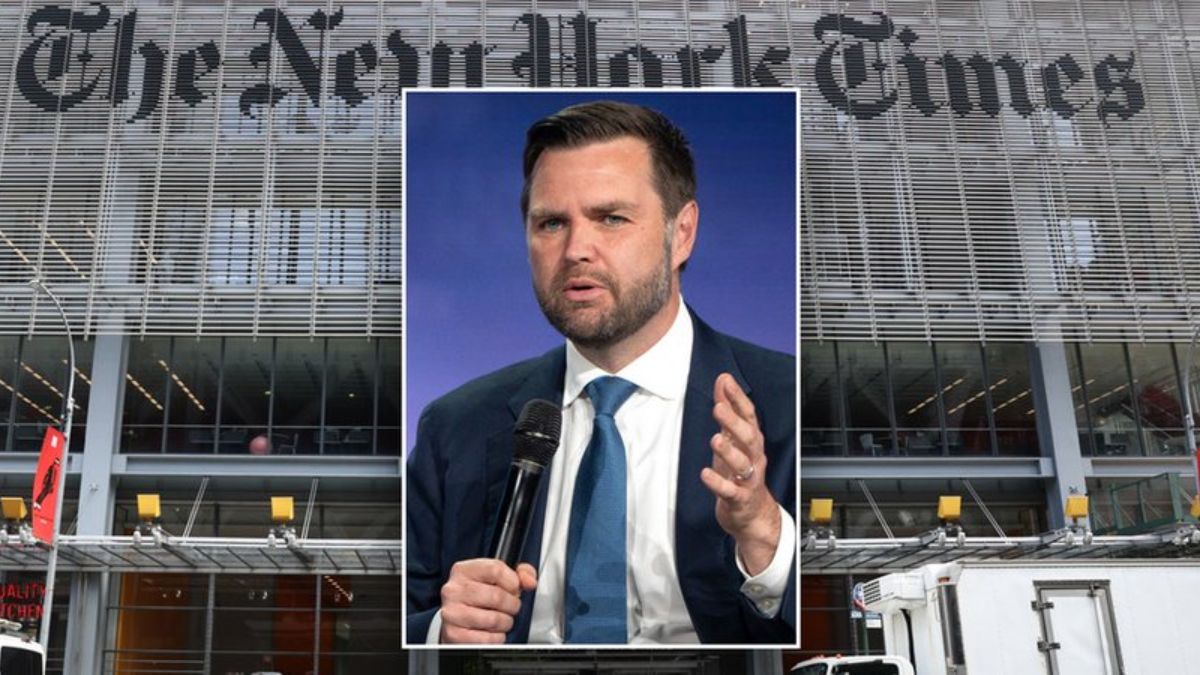 Image credits - Fox News
Image credits - Fox News
Advertisement
The New York Times is under fire after publishing an opinion piece accusing Sen. JD Vance, R-Ohio, of promoting “blood-and-soil nationalism.” Critics argue that the piece, written by Jamelle Bouie, incites violence and unfairly labels Vance, who is the running mate for former President Donald Trump, as a proponent of extreme nationalist ideologies.
The Times changed the headline from “JD Vance’s Blood-and-Soil Nationalism Finds Its Target” to “Shouldn’t JD Vance Represent All of Ohio?” after receiving negative feedback right away. The article’s thesis, which associates Vance with belligerent nationalist discourse, hasn’t altered, though.
Critics, including Republican strategist Andrew Surabian and Donald Trump Jr., have condemned the Times’ piece, accusing it of inciting violence against Vance and unfairly labeling him as a Nazi. They pointed out that Vance, who has three biracial children, is being targeted by such inflammatory accusations just two months after an assassination attempt on Trump.
“With headlines like these, it’s no wonder why countless people are asking if the purpose was to incite violence against Senator Vance,” said Taylor Van Kirk, the national press secretary for Vance, expressing fury. We genuinely hope the Times will change their mind and remove this repulsive headline, rather than that being the case.”
Former State Department spokesperson Morgan Ortagus also criticized the article, arguing that it distracts from rising antisemitism under the Biden-Harris administration and misrepresents Vance’s stance on Israeli and Jewish issues.
The piece examines Vance’s comments on the influx of Haitian immigrants into Springfield, Ohio, and the associated local unrest. It links these comments to broader themes of exclusionary nationalism, suggesting that Vance’s rhetoric could lead to more severe consequences if he gains further political power.
The New York Times has yet to respond to the criticism. The controversy highlights the polarized political climate and the challenges media outlets face in navigating contentious political debates.
